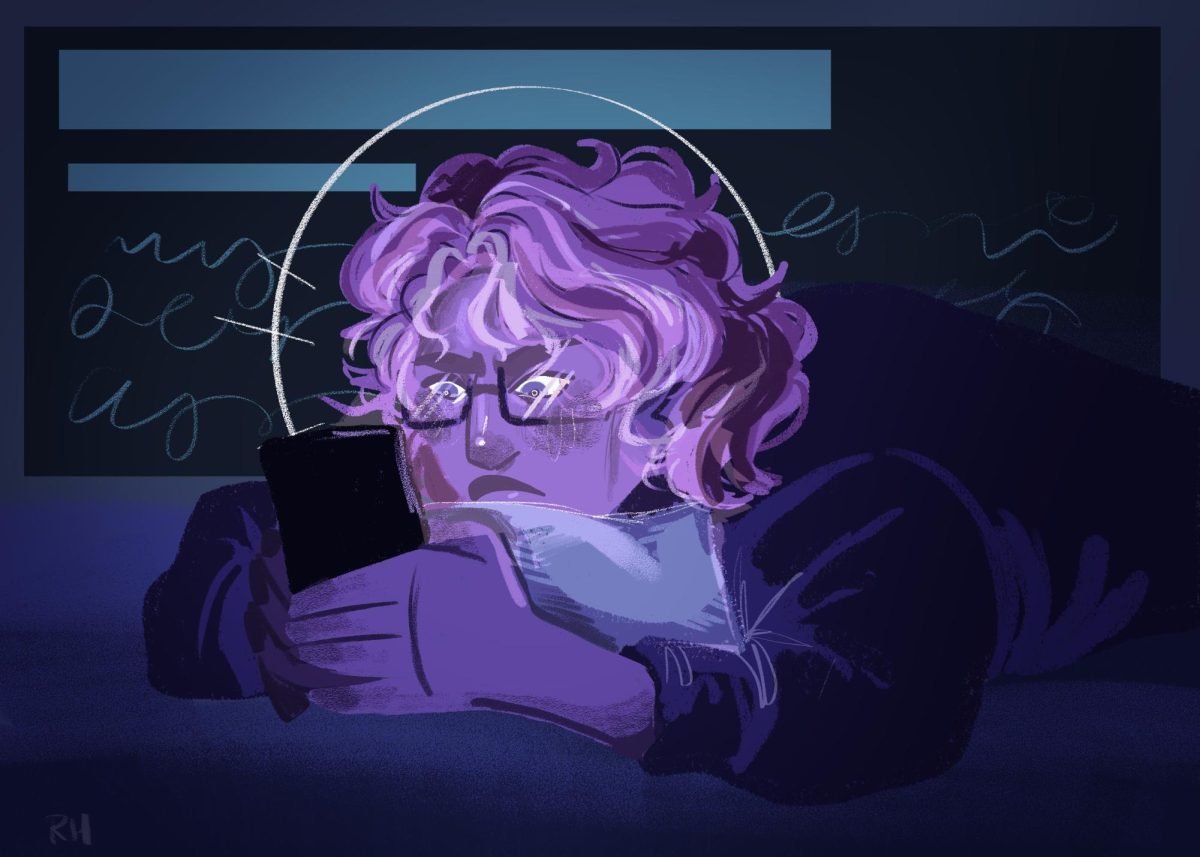
Last week Admissions advertised a list of popular DEI courses that are not regularly offered, a marketing blunder that the Chronicle discovered after reviewing the course catalog going back to 2022.
Then this week, the part-time faculty union sent out a list of classes reportedly being “cut” in Spring 2024.
But some of the courses simply don’t run every semester because there aren’t enough students to take them. They aren’t being cut if they are just not in the rotation for spring. In an email update, the union called for transparency around what it described as a “complete restructuring” of the college.
Students deserve transparency from the union and the college. The strike, now in its second week, has made it difficult for students to know the truth, to separate the misinformation and rhetoric from the facts.
“It’s very confusing where the truth is supposed to be coming from – and I think a lot of other students are very confused as to what the truth is,” Layla Reif, a first-year film and television major told the Chronicle. “I feel like there’s no clarification because you’re getting two sides of the same story that are opposing sides.”
The Chronicle has tried to stay in the middle, to not take a side. That is not our role as journalists, as our editor-in-chief tried to explain. We are still getting criticism when we report verified, factual information.
The fact is that Columbia has been shrinking for years, and the Chronicle has been covering that story consistently. Currently, the institution has 6,646 students for the fall semester. We haven’t been above 10,000 students since 2013.
That means there are fewer students to fill sections, fewer students to take courses. A course that used to be offered every semester may now only be offered once every semester or once every few years. That is the result of our declining student population.
In this space, we have repeatedly urged the college to be frank about that, to meet with students. We were doing that before the strike.
We worry about the impact of this strike on student retention. As the Chronicle previously reported, 67 percent of first-years who did not return after the Fall 2022 semester were students of color. The Chronicle also reported in September that the college projected the retention rate for first-year students returning from Fall 2022 was seven points below an initial goal of 71.5%.
If retention continues to decline, programs will suffer, and more likely classes will be shelved in future semesters. Students are already considering leaving.
“My concern is that it’s not going to start back up,” Breanne Walker, a sophomore film and television major said. “I’m worried that this is gonna go for much longer than they’re saying that it might. … I’ve spoken with my parents about it, and I’ll have to transfer.”
Both the college and union need to be more focused on student well-being. Without some middle ground, we won’t have a school left.













